A real-life example of two American identical twins will answer this age-old question.
From the time they were in their mother’s womb until adulthood, Darlene and Diane Sanders (née Nettemeier) shared everything: friends, clothes, and interests. The now 53-year-old identical twins from the United States even married another pair of identical twin brothers, bought homes next to each other, and work at the same job.
The Nettemeier sisters were born on August 16, 1970, in Illinois, with older sister Darlene arriving 45 minutes before Diane. Since then, the inseparable twins have never been apart for more than a week throughout their lives.
In August 1998, at the age of 27, the sisters met their current husbands, Mark and Craig Sanders, at an annual twins festival in Twinsburg, Ohio. Darlene was immediately attracted to Mark, while Diane was impressed by Craig. The two men felt the same way.
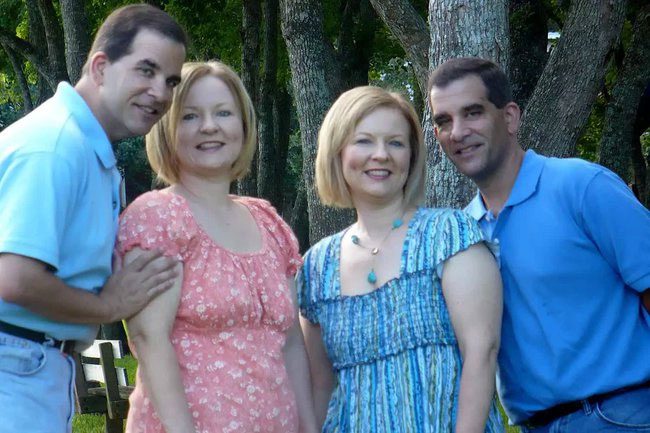
Two twin brothers marry two twin sisters.
At the time, the brothers lived in Texas, where they worked as web designers for the Houston Astros baseball team, while Darlene and Diane were legal secretaries for the same company in Illinois.
The four began dating as couples – Darlene with Mark and Diane with Craig – and vacationed together. During a trip to Florida in 1999, the brothers surprised Diane and Darlene by proposing with engagement rings cut from the same diamond. After a double wedding in November that year, both couples bought homes next to each other near Houston, Texas, with a shared backyard.
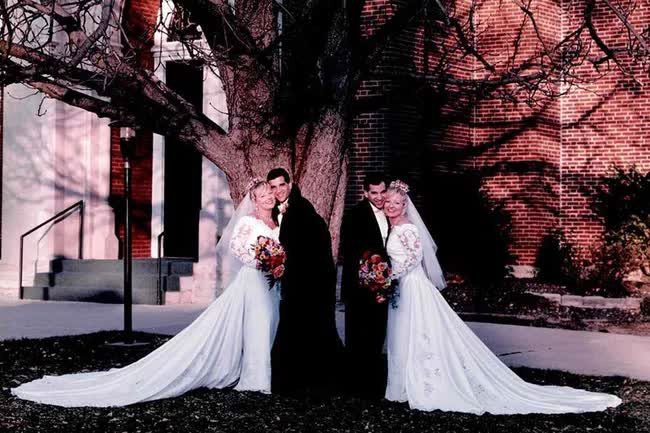
The double wedding of the Sanders brothers and the Nettemeier sisters.
Later, Diane also had a set of identical twins. Over the years, Diane and Craig had three sons: twins Brady and Colby, 22, and Holden, 18. Meanwhile, Darlene and Mark had two daughters: Reagan, 21, and Landry, 20.
These cousins attended elementary, middle, and high school together. They also spent a lot of time together at home since they were neighbors. Genetically, the five shared children of the two couples are full siblings, even though they are considered cousins in practice. The five children show many similar features due to their unique backgrounds. For decades, the two families have remained close-knit like one big family.
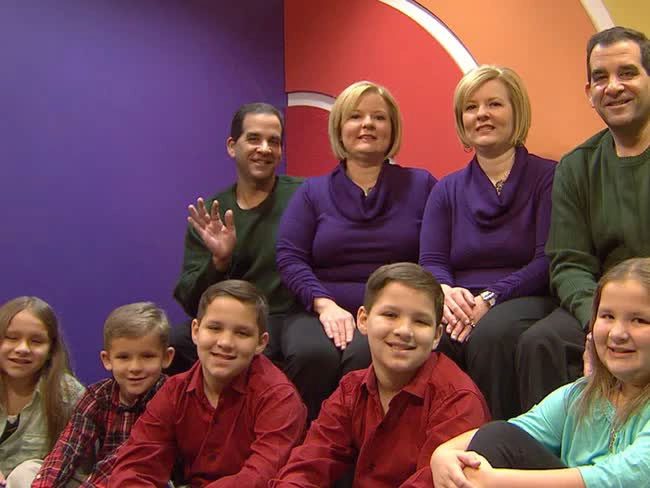
Five cousins genetically indistinguishable from siblings.
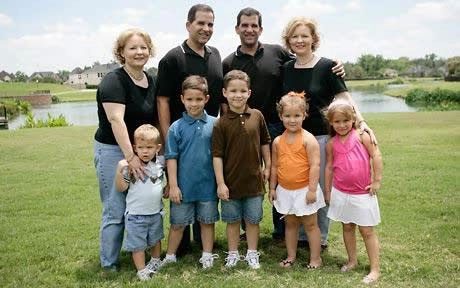
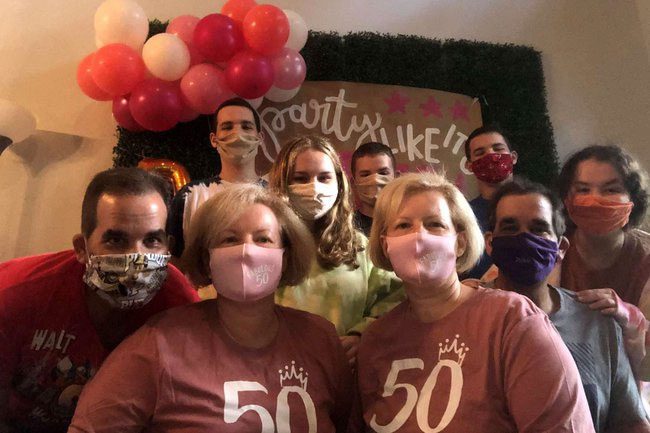
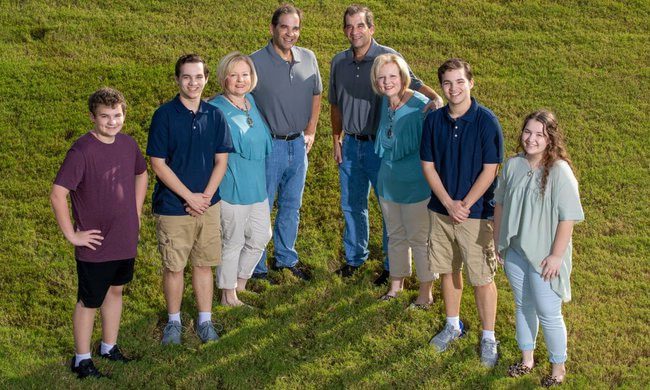
Recent family photo.
The odds of having a pair of identical twins are three in 1,000 births, but the odds of one pair of identical twins marrying another pair of identical twins and then giving birth to identical twins as above are millions to one.


















































